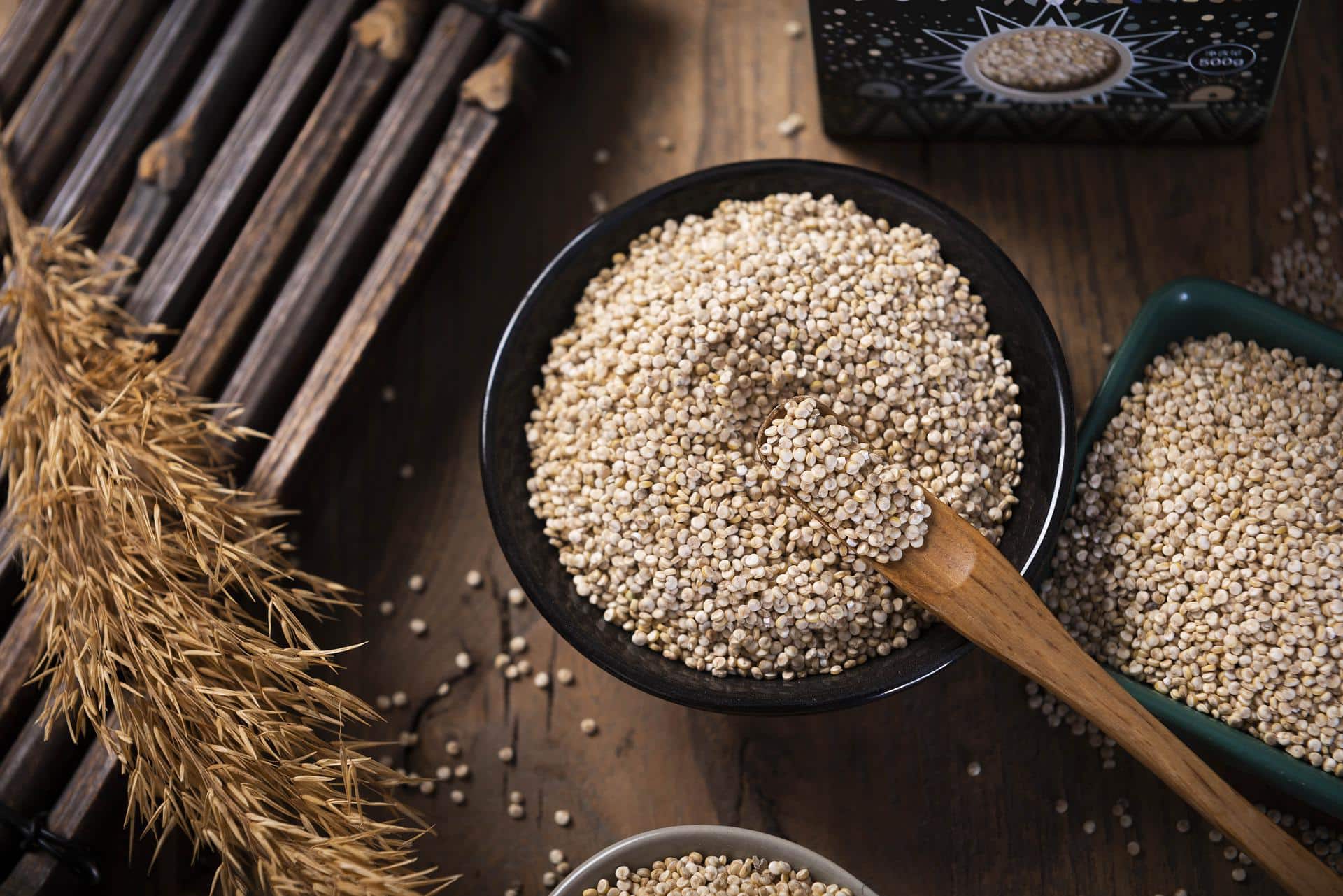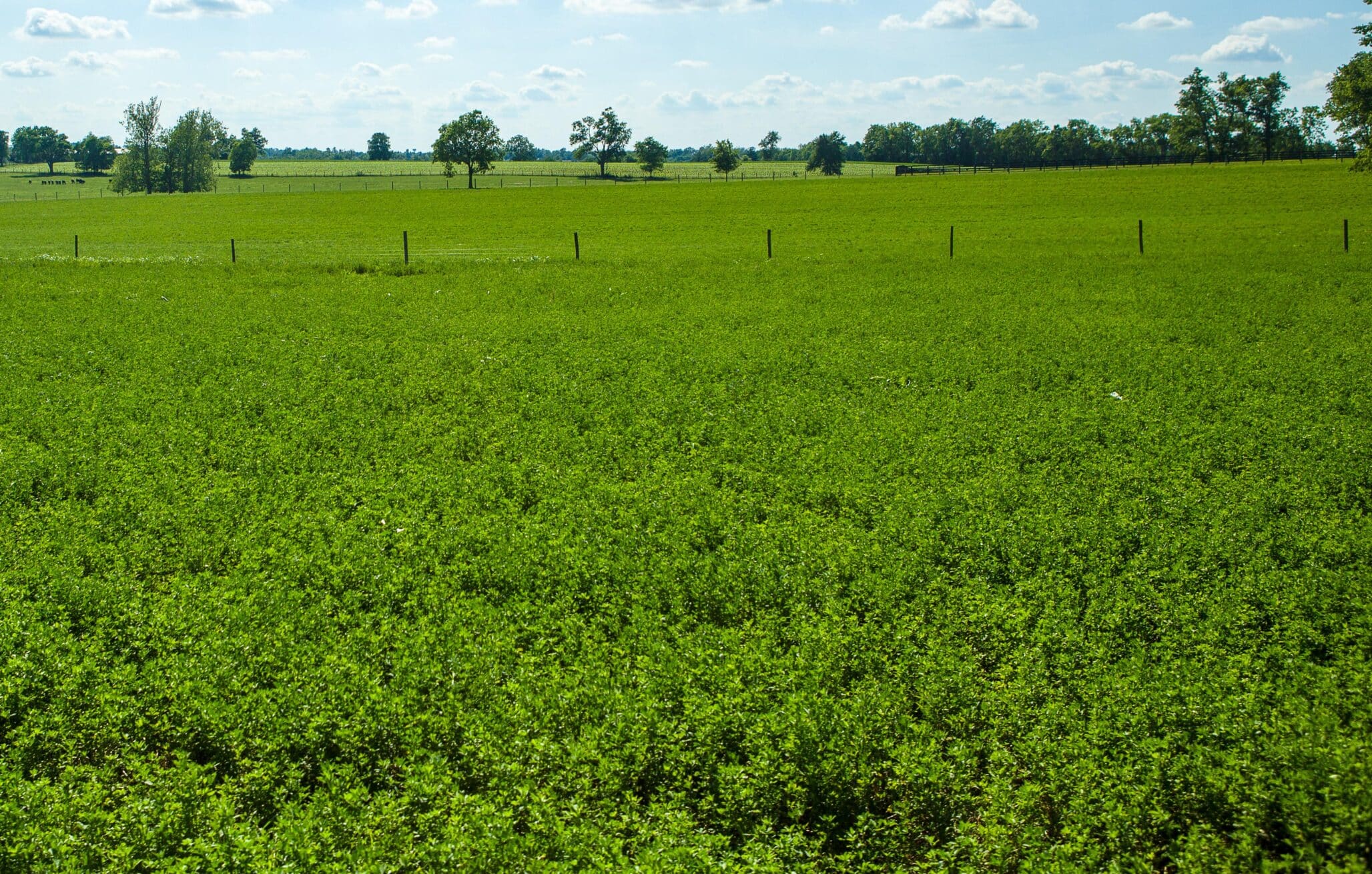While Colorado and Nevada currently dominate domestic quinoa production, USDA’s Agricultural Research Service (ARS) and scientists hope to create more room for the high-protein, grain-like seed’s growth with domestic expansion.
Native to the Andean region, quinoa has been a staple food crop for indigenous people for thousands of years. High in lysine, methionine and cystine, with 14-18% more protein than other grains, quinoa could be a game-changer when fighting hunger and food insecurity.
The U.S. imports 45% of global quinoa production, and with this expansion, that percentage is likely to grow.
The Solution for Expansion
In order to meet increasing consumer demands, scientists hope to help the crop endure new pest and disease threats, in addition to environmental or climatic stressors. Symbiotic bacteria might be the solution scientists have been searching for.
The bacteria boost the plant, allowing nutrients to be more readily available, as well as fending off disease-causing fungi. This solution presents no danger to the crop, with the bacteria harmlessly settling in the plant’s roots.
Anna Testen, a research plant pathologist at ARS’s Application Technology Research Unit, Paul Blackman, professor emeritus at Pennsylvania State University and Mayra Claros, former head of the PROINPA Foundation’s Microbiology Laboratory, have collaborated to make these discoveries.
The team’s goal is to uncover the bacteria’s prospective use as a seed inoculant to benefit quinoa throughout its lifespan. This coincides with the United Nation’s 2013 declaration of the “International Year of Quinoa,” recognizing the crop’s potential.
In more depth, the research “dovetails with efforts around the world to position quinoa as a protein-, vitamin- and fiber-rich pseudo-grain crop that can contribute to world food security, especially in resource-limited regions,” shared a press release from the USDA and ARS.
The studies evaluated nearly 500 different specimens of symbiotic Bacillus bacteria gathered from the roots, leaves or shoots of quinoa crops in Bolivia and Ecuador, explained the release. Lambsquarters, a weedy relative of quinoa, was also studied.
The team focused on five traits from the isolates: the capability to solubilize phosphorus, produce phytase, indole acetic acid, chitinase and fend off the growth of Fusarium oxysporum fungi that produce disease and root rots in the crop.
The results showed, “75% of the Bacillus isolates solubilized phosphorus, while 89%, 44% and 13% produced phytase, IAA and chitinase, respectively. Only about 8% stymied the Fusarium fungi in petri dish experiments,” according to the release.
Bacillus species that present all five traits are ideal candidates for farmer’s seed inoculant products, especially if the bacteria are native to areas where quinoa will thrive. Molecular markers are an essential tool to help researchers identify those species and target specific traits.
“Phytosanitary rules may prohibit beneficial microbes from being transported and introduced along with quinoa when the plant is introduced to a new region,” said Testen. “Because of this, there may be interest in finding local microbes that are adapted to Chenopodium species and local environmental conditions. The best bet for this is to look to native Chenopodium weeds like lambsquarters that are closely related to quinoa.”
Testen intends to continue exploring Bacillus in specialty crop production systems.
Read More About Quinoa:
Status India: Promoting the Development of Quinoa and Grain Amaranth
Newly Launched Millet Food Finder Shows a Revolution is Underway












